Van Cao wrote music, poetry, and painted. In each field, he left behind marks that posterity still remembers and admires.
A rare phenomenon
Professor Phong Le commented: Not only today, on the occasion of the 100th anniversary of his birth, but since 1945, Van Cao has been a great artist name that the entire Vietnamese nation, the Vietnamese people, from young to old, from small to large, no one does not know, and is grateful to. Because he is the author of "Tien Quan Ca", which then became the "National Anthem" of the Democratic Republic of Vietnam since August 1944. "Tien Quan Ca" alone is enough to make a name, a great career of Van Cao in the music world.
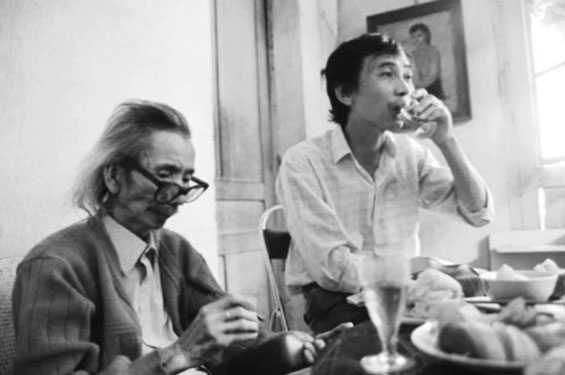
Musician Van Cao and poet Thanh Thao. (Photo: NGUYEN DINH TOAN)
However, this is just a highlight, because Van Cao's musical career must go back a few years before 1945, as a great composer in the world of modern music, with "Buon tan thu", "Thien thai", "Ben xuan", "Thu co lieu", "Cung zither xua", "Dan chim Viet"... each work alone is enough to bring glory to anyone.
Musician Nguyen Thuy Kha shared that anyone who saw the photo of Van Cao, shirtless in shorts, posing with his classmates at Bonnal Primary School - Hai Phong , would find it hard to guess that one of them would become the author of Vietnam's "National Anthem". When he left Bonnal School to study at Saint Joseph's Convent School right next door, Van Cao probably had an important turning point in his life. There, his "God-given" instincts met music, poetry and painting to sublimate together. It is impossible to explain why, at only 16 years old, Van Cao sang a melody at the beginning of his career filled with the sound of Ca Tru called "Buon Tan Thu".
Even more surprising, at the age of 18, Van Cao flew up to "Thien Thai" with the epic music genre that made the new music of the dawn of time make us flutter until now. The same romantic person with "Cung zither of the past", "Thu co lieu", "Suoi mo", "Ben xuan" with misty mist suddenly burst into flames with the strong, epic march rhythm like "Thang Long hanh khuc ca", "Dong Da".
"Tien Quan Ca" written in the winter of 1944 is considered an important turning point in Van Cao's musical creative thinking. It was a break with romantic music to move into the realm of revolutionary music. After "Tien Quan Ca", Van Cao went on a long journey with many sources, spreading in many directions, which, according to Professor Phong Le, reflected in it was a whole symphony of resistance life, with "Bac Son", "Chien Si Viet Nam", "Cong Nhan Viet Nam", with "Lang Toi" and "Day Mua", with "Hai Quan Viet Nam" and "Air Force Viet Nam", with "Thang Ca Song Lo" and "Tien Ve Ha Noi", with "Ca Hai Ho Chi Minh"... All were filled with heroic, optimistic sounds, rich in discovery and prophetic ability about the resistance war and the nation's journey.
Van Cao's great musical career continued until 1975 with the work "First Spring" as a miraculous anticipation of the joy of reunion between the North and South after 20 years of separation, although it was not until the 1990s that the public learned about it.
Pioneer - pioneer
From a young age when entering the arts, Van Cao played a trio of music - poetry - painting. Besides being a great musician to whom the whole nation owes gratitude, as Professor Phong Le commented, talking about Van Cao is also talking about a great poet. And poet Thanh Thao believes that with his entire poetic career, Van Cao is a poetic genius, not just a musical genius.
Associate Professor - Doctor Nguyen Dang Diep commented that in the field of poetry, Van Cao did not write much. During his lifetime, he only published a single collection of 28 poems, "Leaves", and after his death, "Anthology of Van Cao's Poetry" also had only 59 poems. However, Van Cao's artistic legacy has the potential to last a long time because it is a crystallization of quality, not overwhelming in quantity. Van Cao's talent is evident in poetry, music, and painting, but compared to music and painting, poetry is the realm that most clearly expresses Van Cao's ego.
There, he directly chose his attitude: "Between life and death/ I choose life/ To protect life/ I choose death" (Choose, 1957), realized the dark side of medals: "People are sometimes killed/ with bouquets of flowers" (Bouquets, 1974) and lonely, broken: "Sometimes/ alone with a knife in the middle of the forest at night, not afraid of tigers/ Sometimes/ during the day, hearing leaves fall, I am startled/ Sometimes tears cannot flow out" (Sometimes, 1963). Van Cao's poetry is unique from the beginning because it is the product of deep philosophical contemplation. So deep that it is quiet, the swirling quiet of undercurrents: "Like a stone falling into silence".
Besides his innate sensitivity, the root that created Van Cao's stature was his depth of thought and his sense of sharpening his personality. That was humanistic thought and aesthetic spirit. Humanism helped Van Cao hate pretense and falsehood, love freedom and attach his fate to the fate of the nation. Aestheticism helped Van Cao to exalt the beauty and purity of spiritual values.
After poetry, Van Cao also wrote prose, with short stories published in Saturday Novels in 1943, such as "Cleaning the House", "Hot Water Heater"... contributing a unique color to the late-season realist literary movement with Bui Hien, Manh Phu Tu, Kim Lan, Nguyen Dinh Lap...
Van Cao also had a very remarkable career in painting, as an artist, even before 1945, with paintings named "Thai Ha Hamlet Rainy Night", "The Dance of the Suicides" in an Art Exhibition in 1943.
His talent as a painter "saved" Van Cao during 30 years of hardship. He could not or was not allowed to compose music or poetry, but could only draw to make a living by illustrating for newspapers, books and making book covers. "In those years, any author whose cover was drawn by Van Cao was very happy and proud, because of the creativity and talent through a word "Van" on a small corner of the cover" - Associate Professor - Doctor Nguyen Dang Diep recalled.
Sparkling in the "Heavenly" realm
After the trip to Quy Nhon connected by poet Thanh Thao, in 1985, Van Cao was truly resurrected when he wrote 3 Quy Nhon poems and was introduced by the "Van Nghe" newspaper after many years of not having poems appear in the mainstream poetry scene. With 3 Quy Nhon poems, Van Cao officially returned to the poetry scene. Before that, Van Cao only illustrated for the Van Nghe newspaper to earn a meager amount of royalties for his wife, Thuy Bang, to go to the market.
On July 10, 1995, about a month after the 5th Congress of Vietnamese Musicians, Van Cao ascended to heaven with the melody "Thien Thai". 28 years after his death and 100 years since Van Cao's birth are just a blink of an eye in time without beginning or end.
But time not only does not forget Van Cao's name, but as time goes by, his name becomes more present, more radiant, more sparkling like a star in his beloved country.
Source: https://nld.com.vn/van-nghe/thien-tai-van-cao-20231114213348728.htm



![[Photo] National Assembly Chairman Tran Thanh Man receives Chairman of the House of Representatives of Uzbekistan Nuriddin Ismoilov](https://vphoto.vietnam.vn/thumb/1200x675/vietnam/resource/IMAGE/2025/10/27/1761542647910_bnd-2610-jpg.webp)
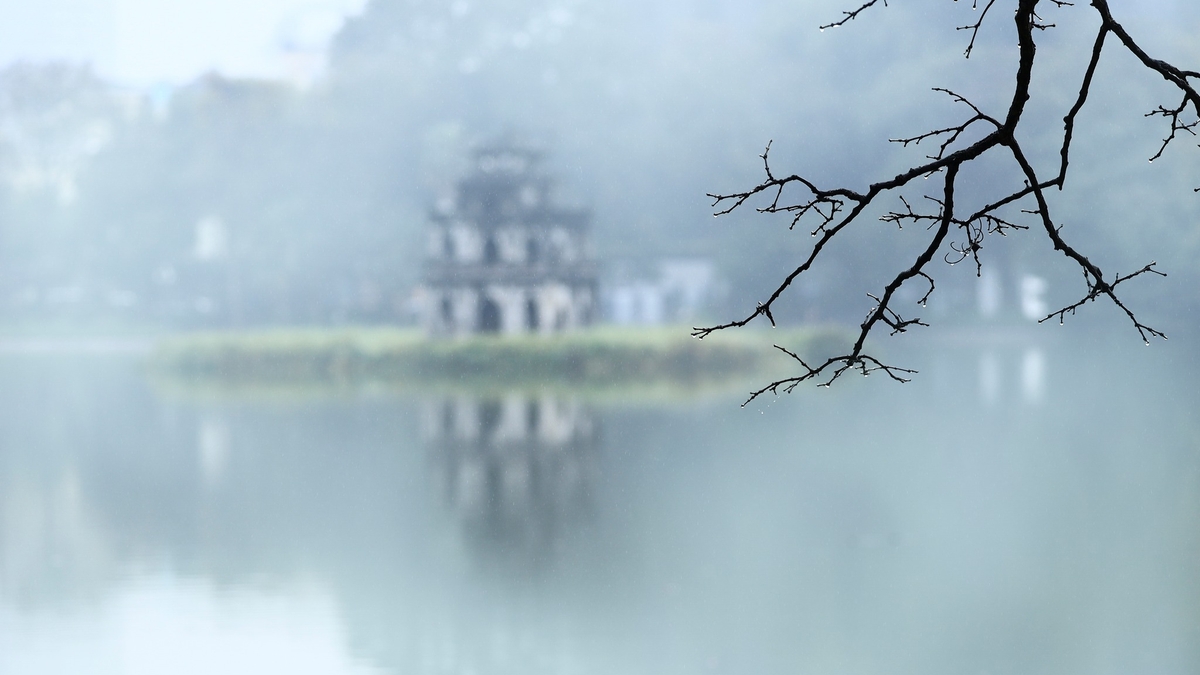

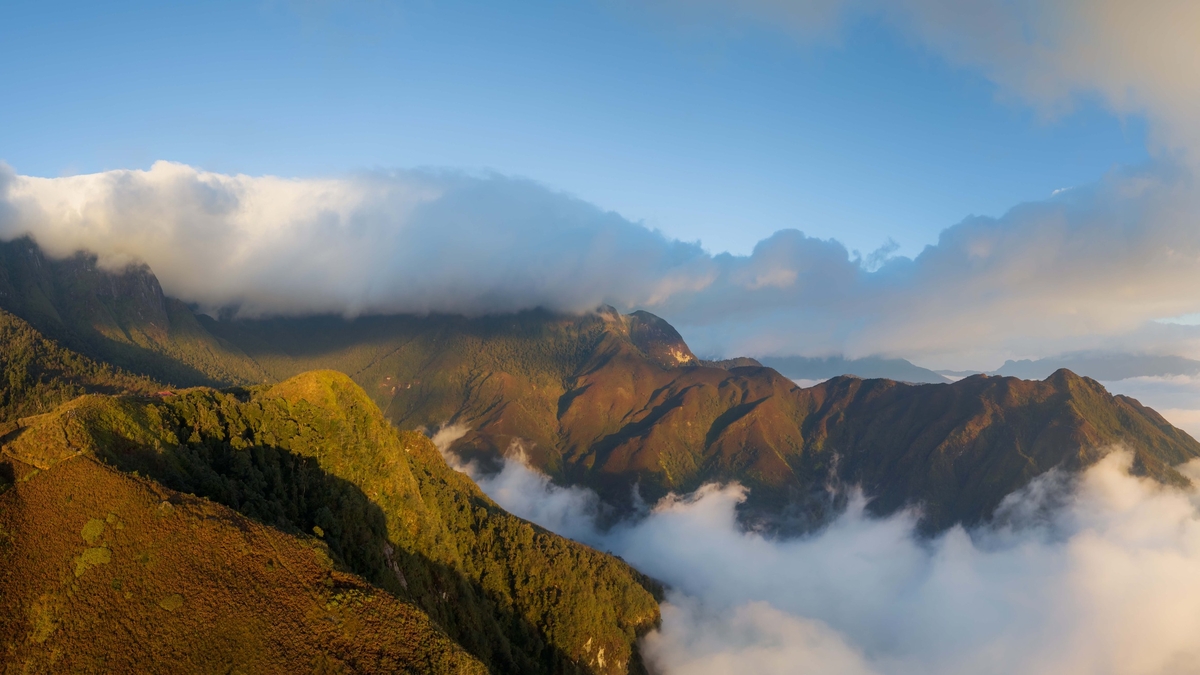
![[Photo] Party Committees of Central Party agencies summarize the implementation of Resolution No. 18-NQ/TW and the direction of the Party Congress](https://vphoto.vietnam.vn/thumb/1200x675/vietnam/resource/IMAGE/2025/10/27/1761545645968_ndo_br_1-jpg.webp)
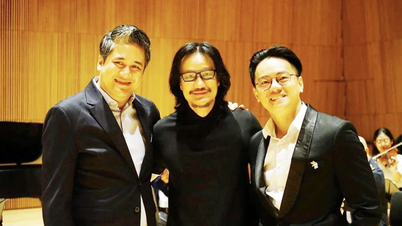

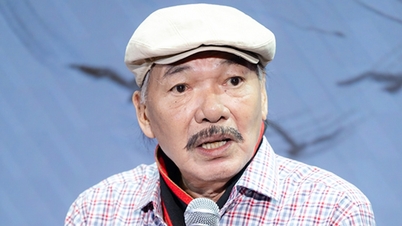



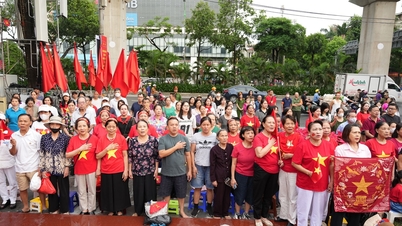
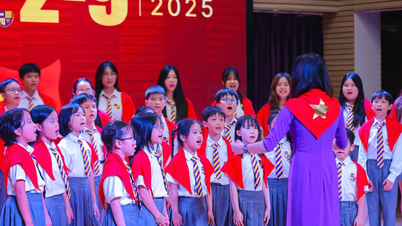





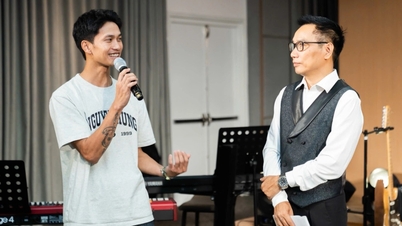


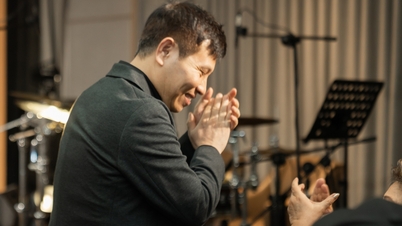






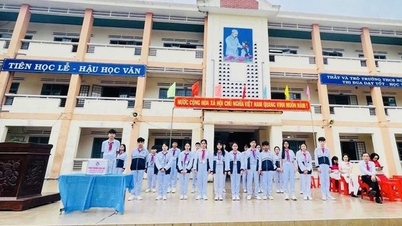
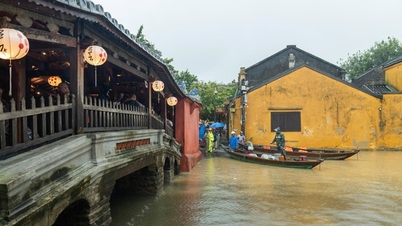
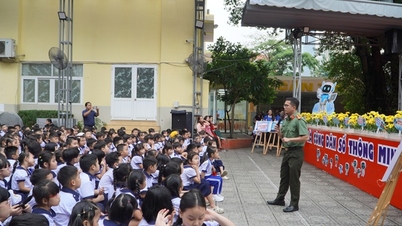
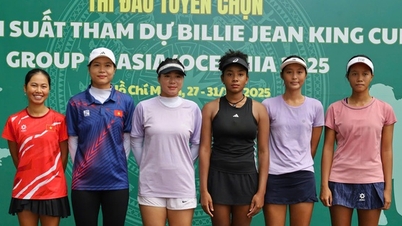
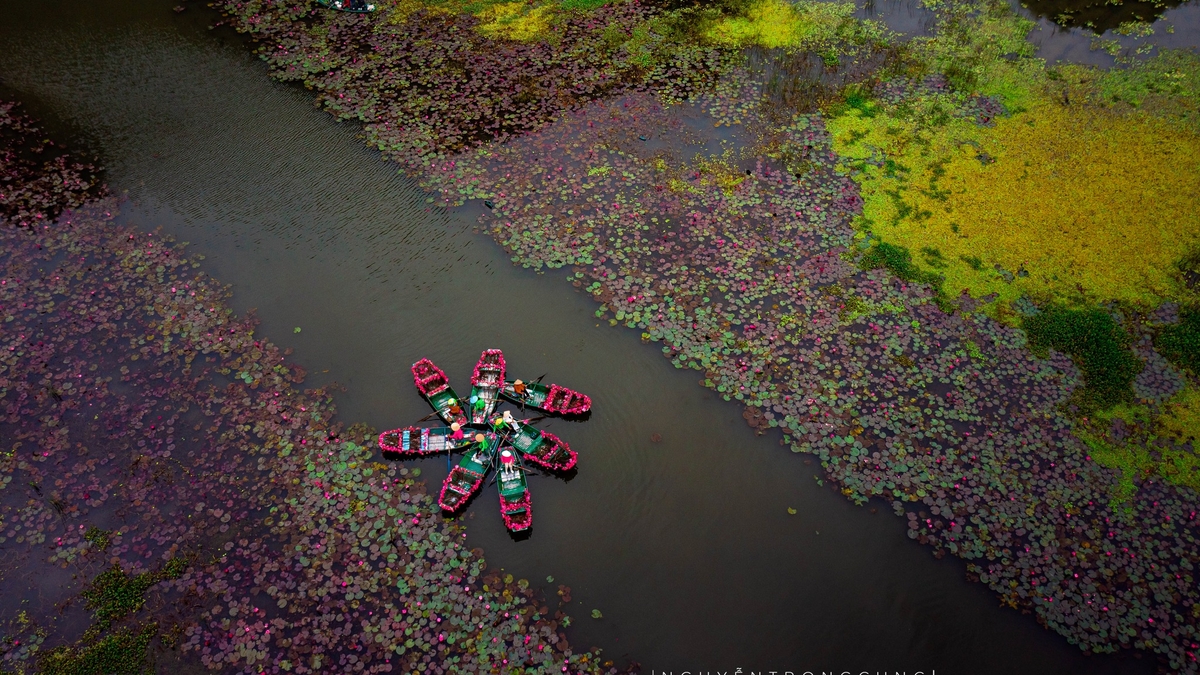
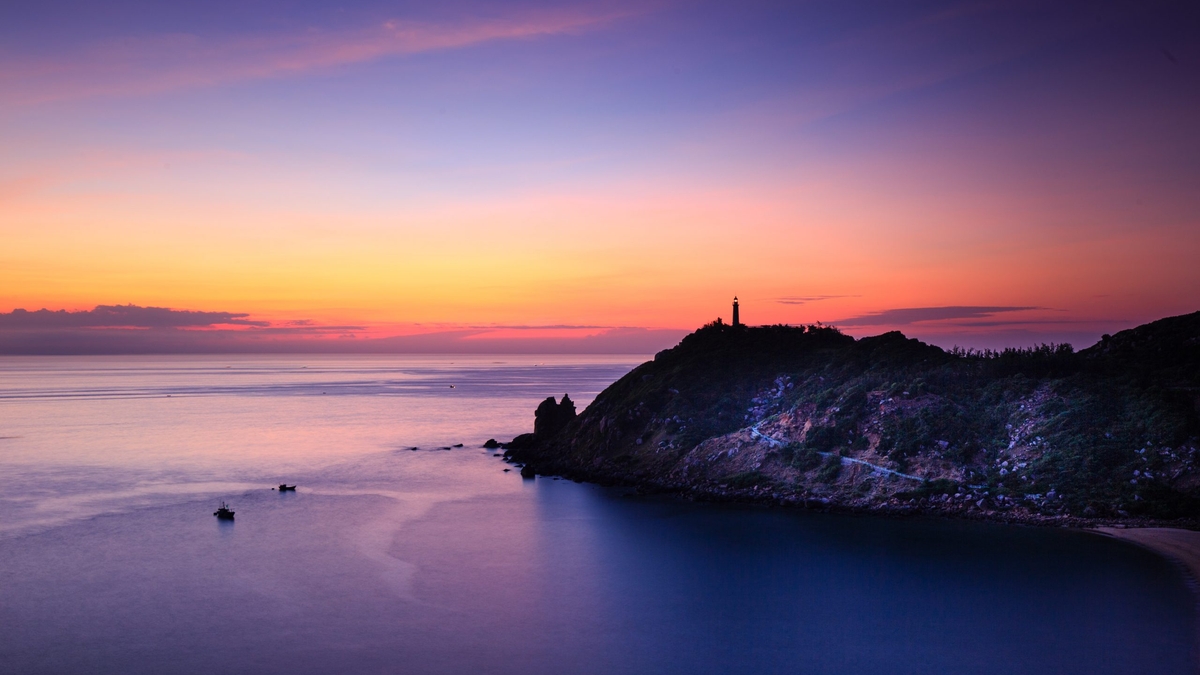
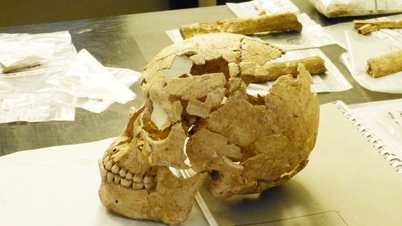
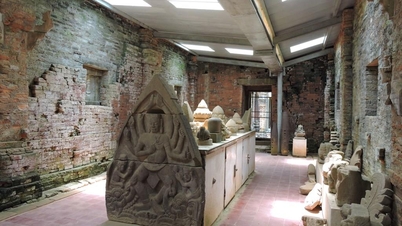



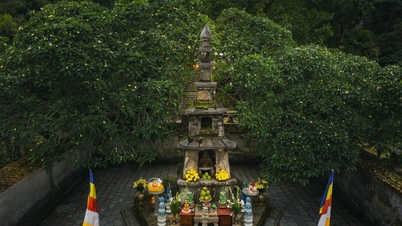

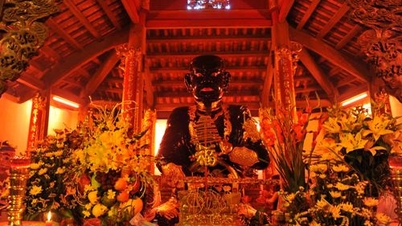

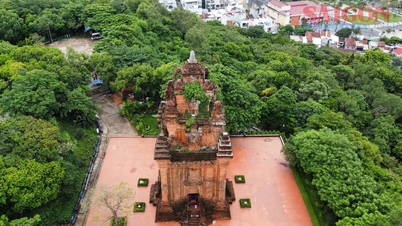


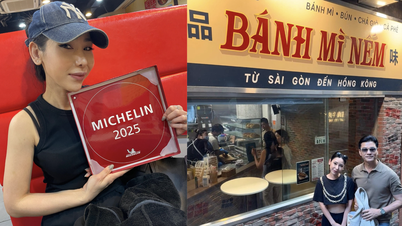

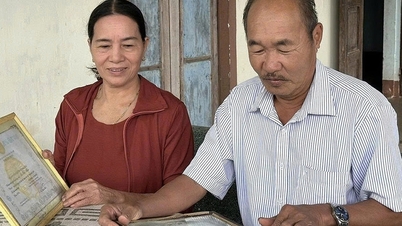
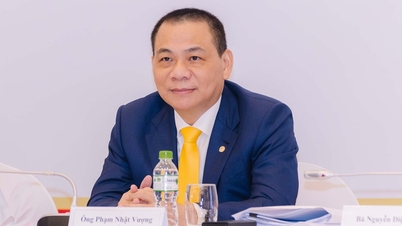
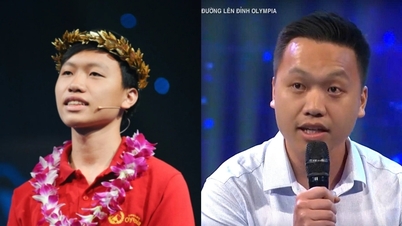
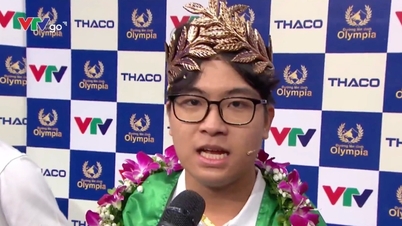




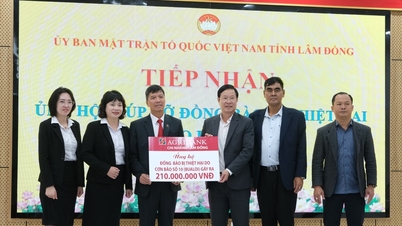






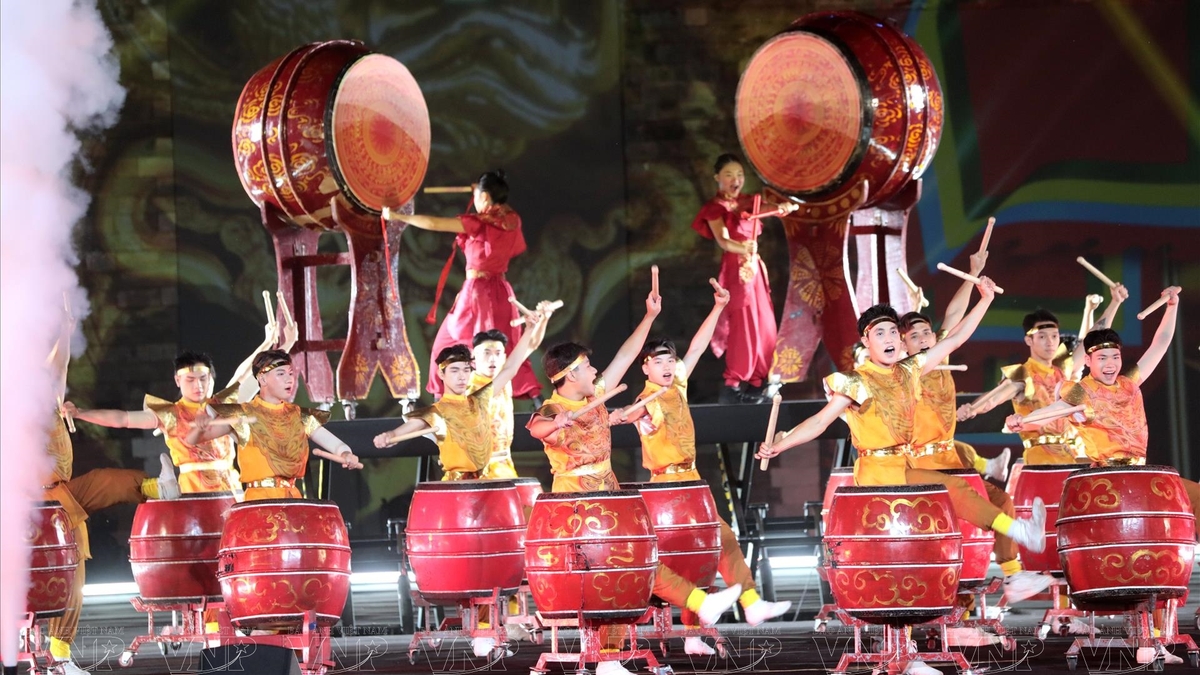
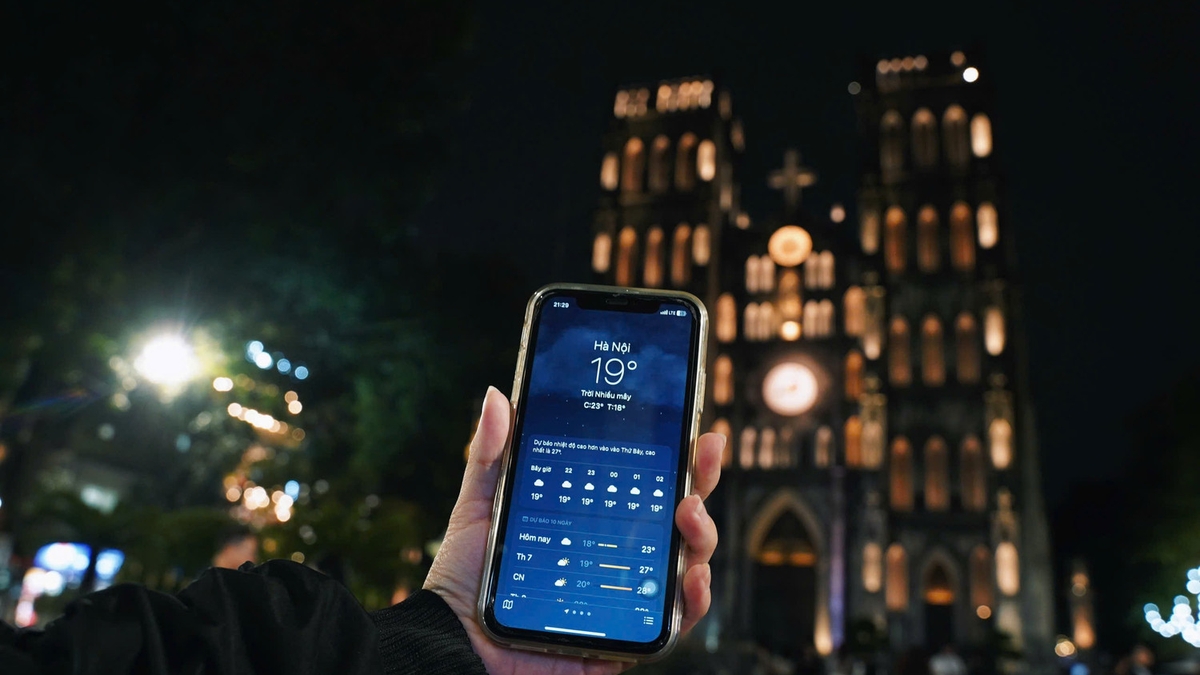
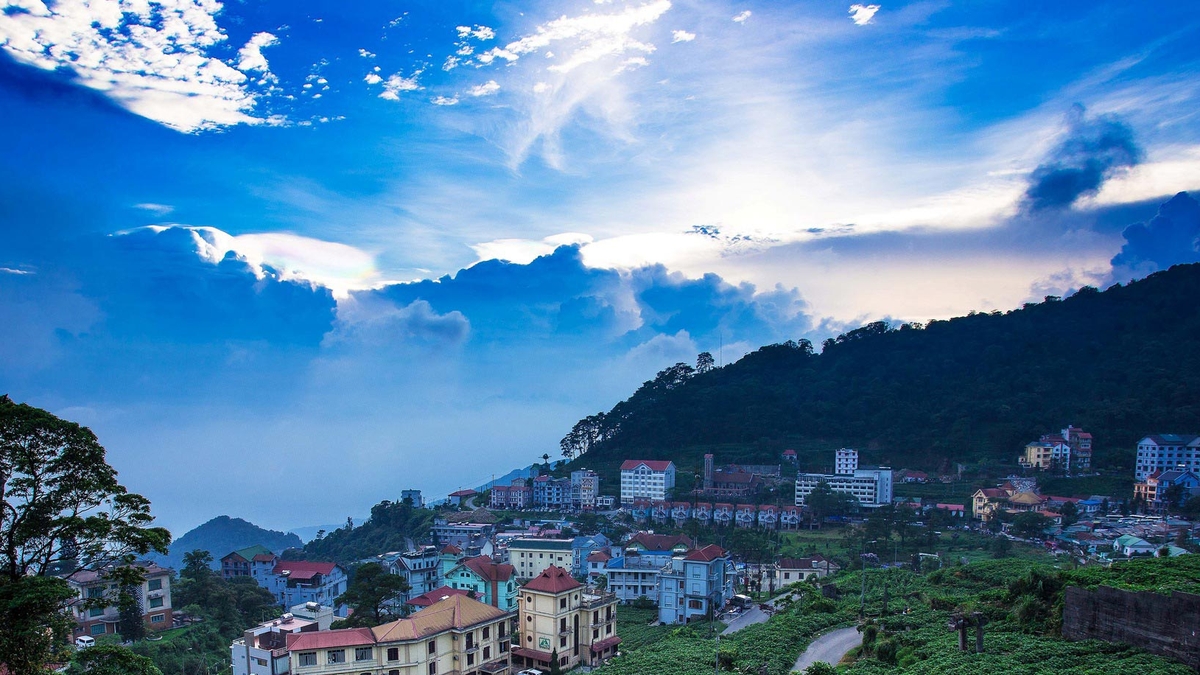
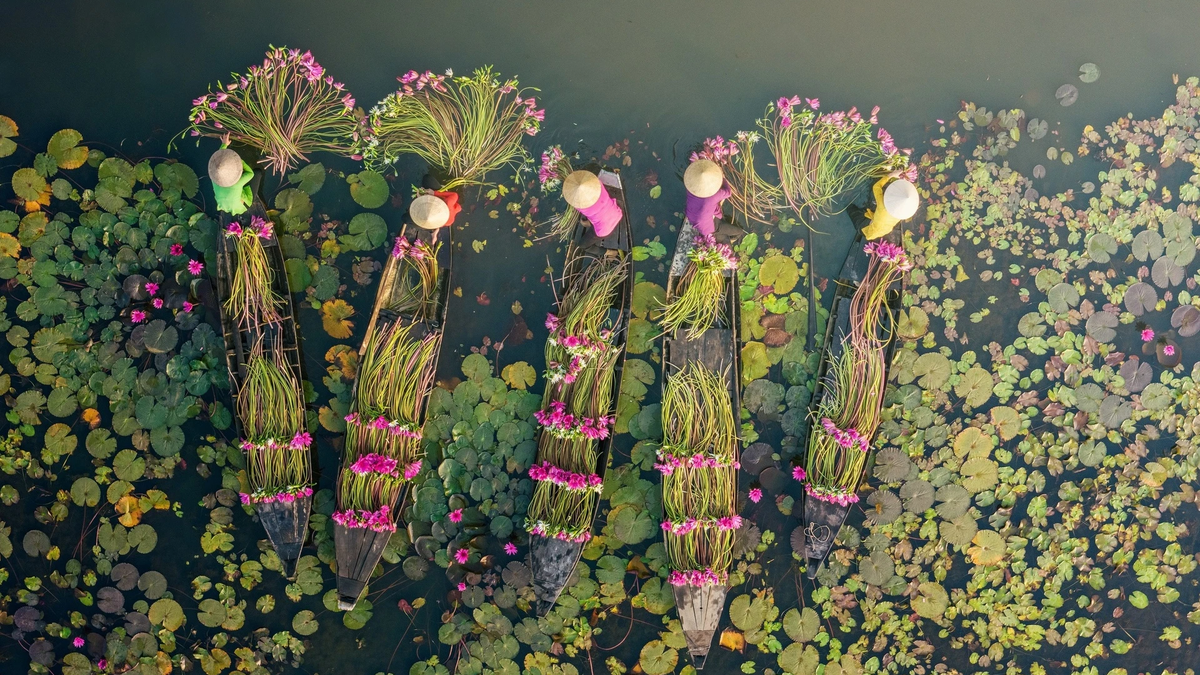
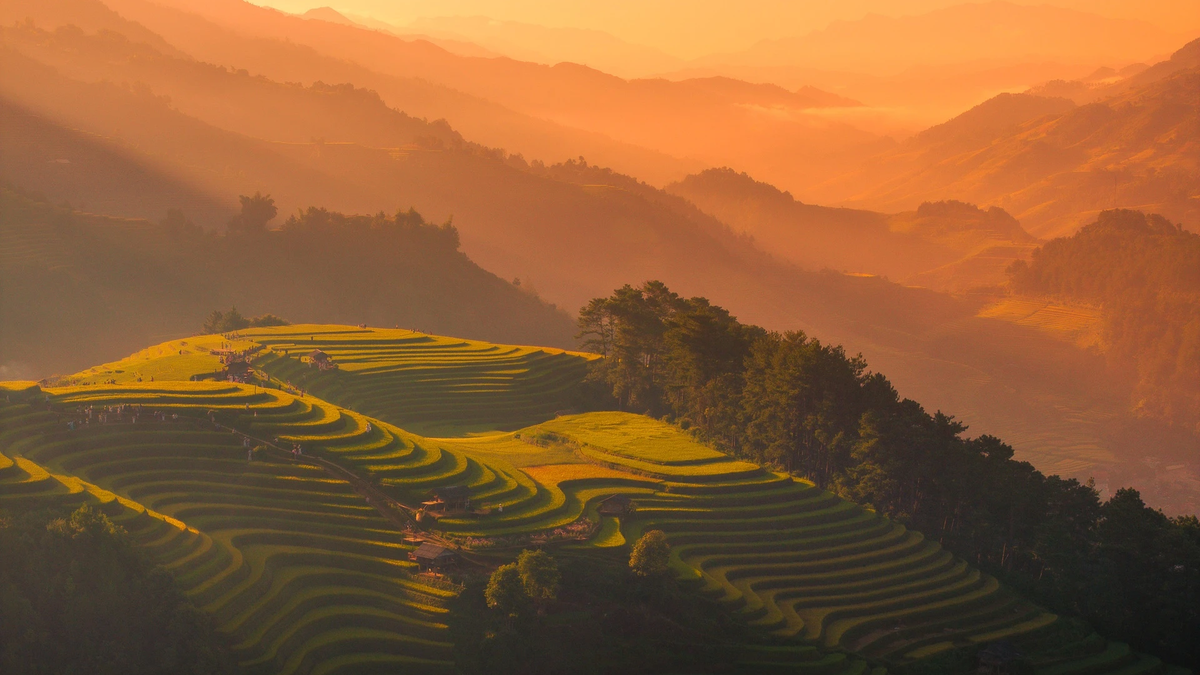
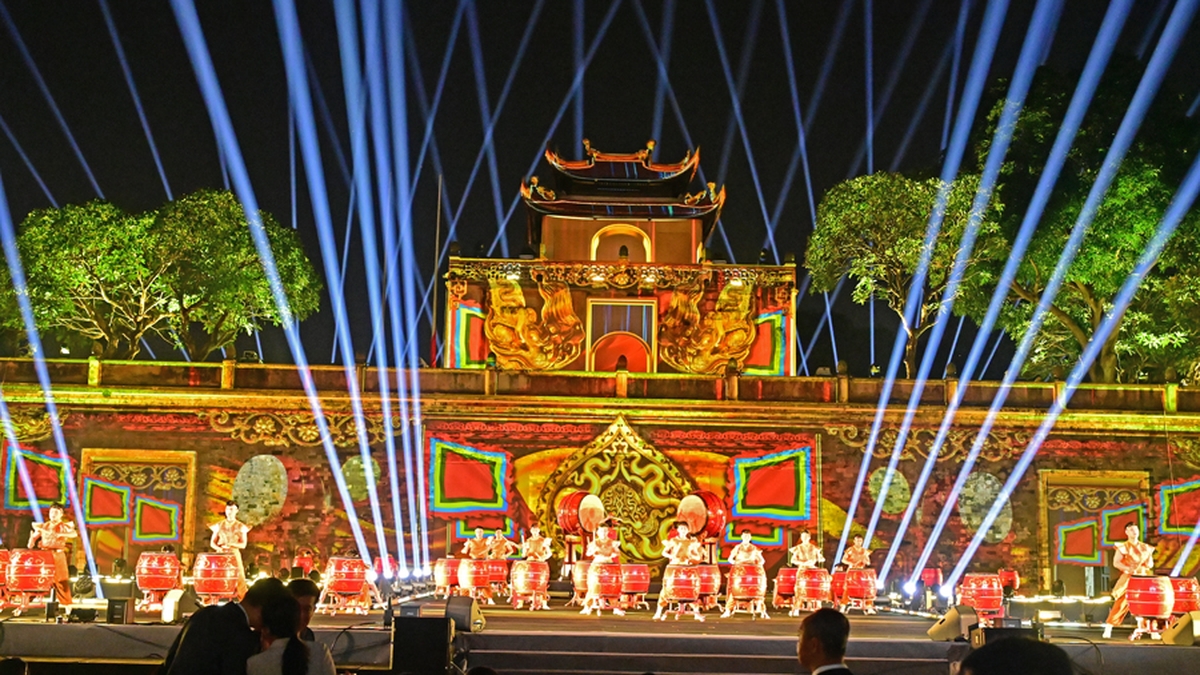
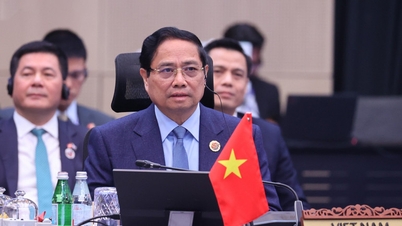

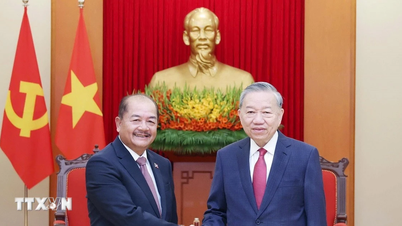

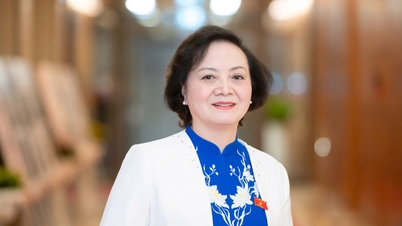

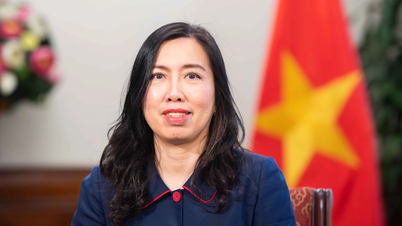
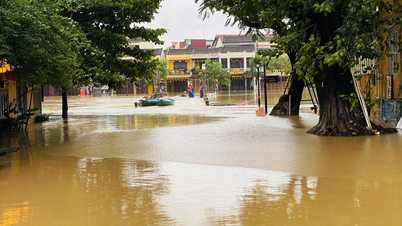
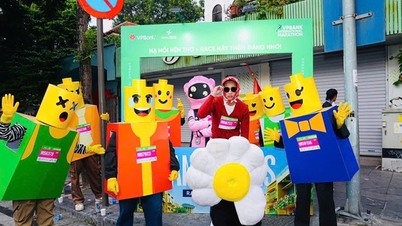


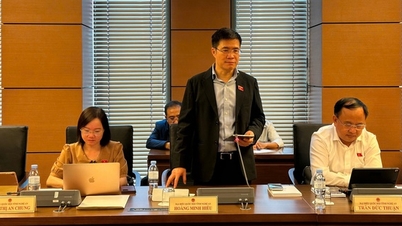


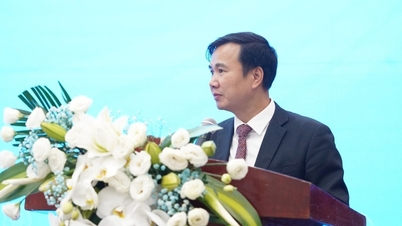
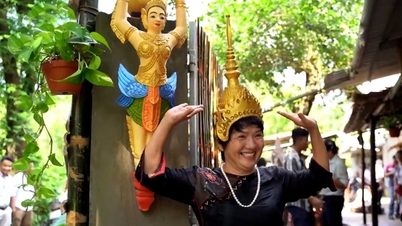

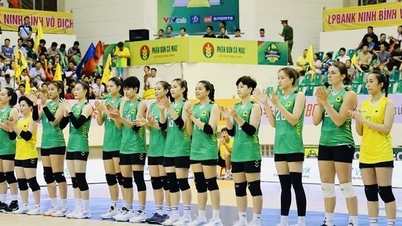

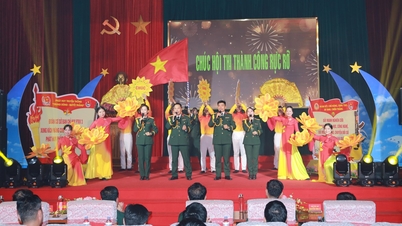

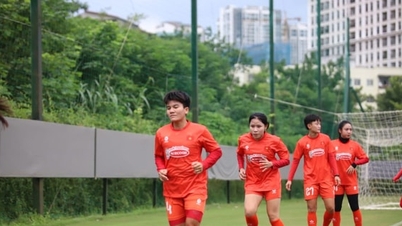
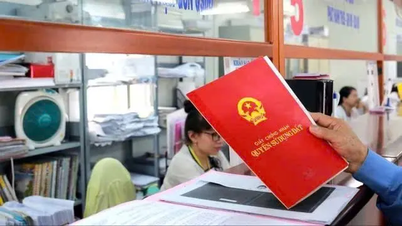
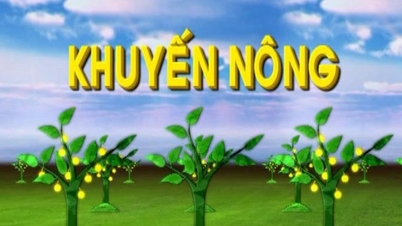










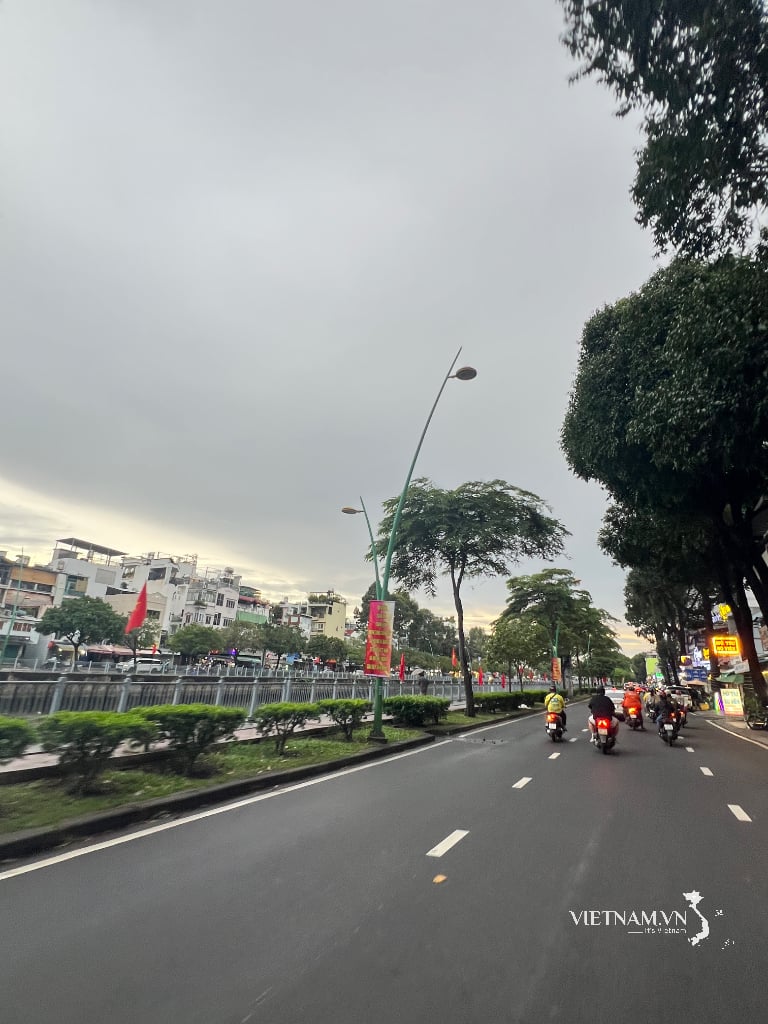
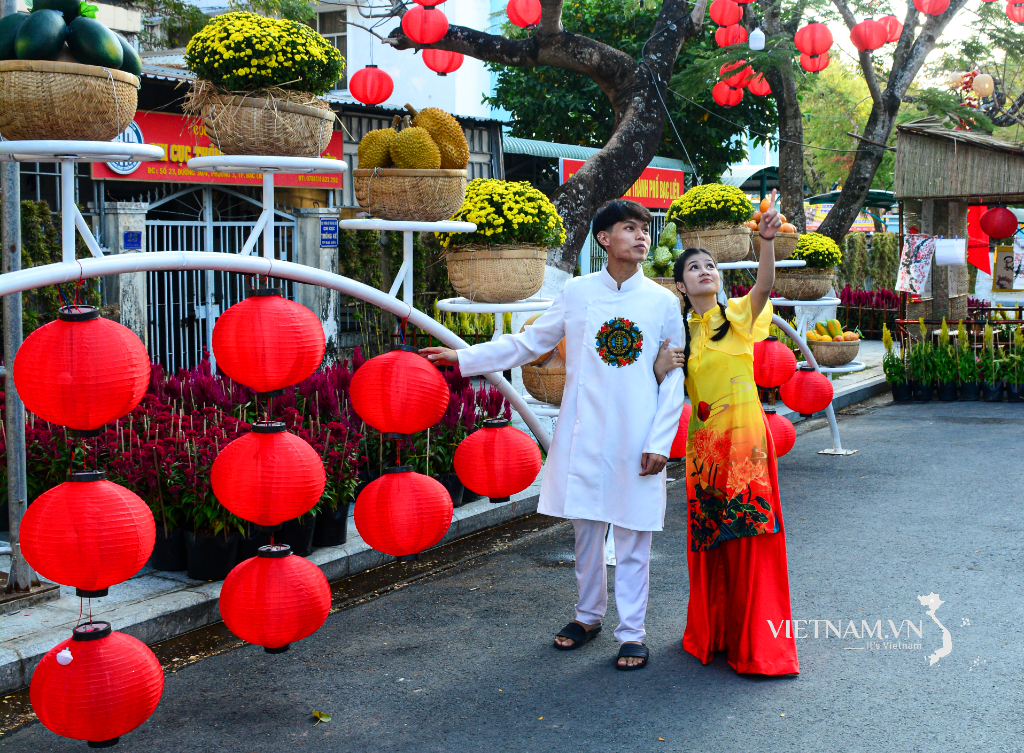


Comment (0)